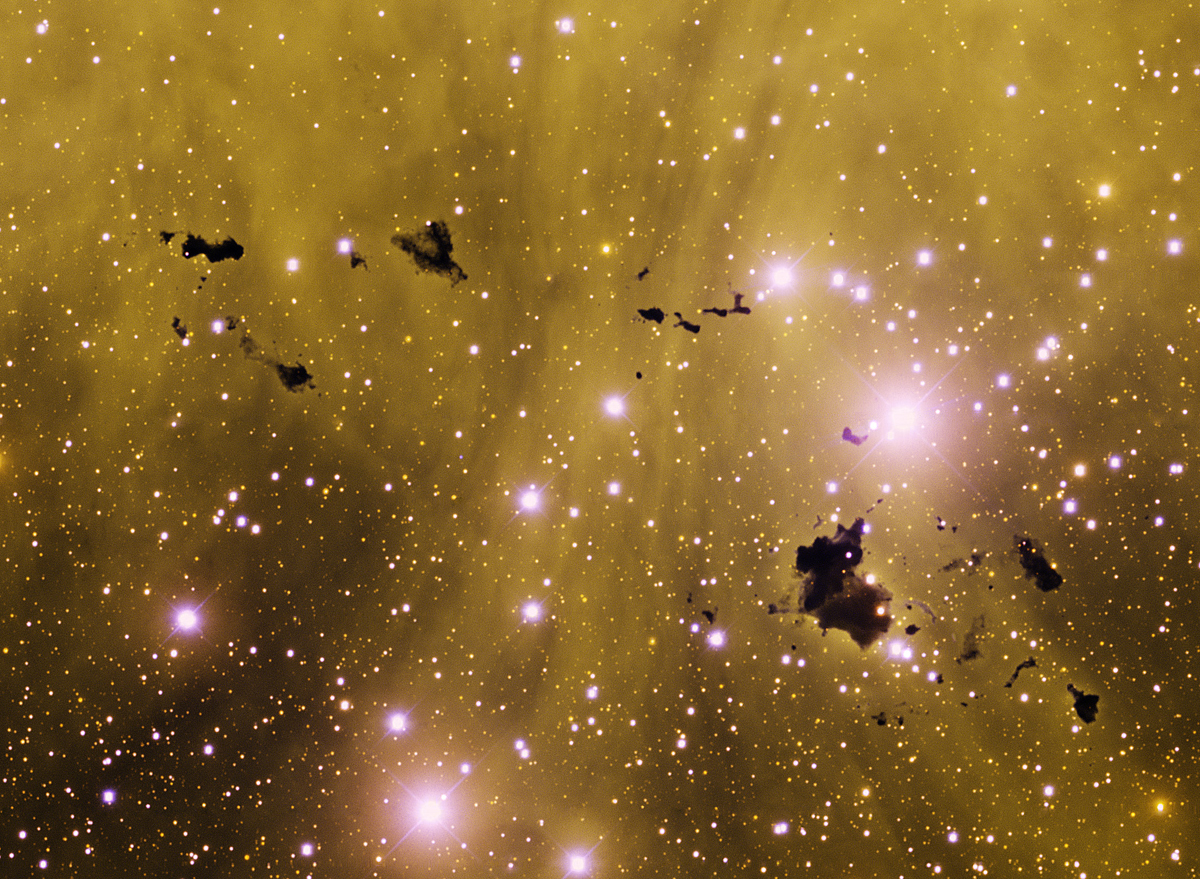Massive asteroid safely zooms by Earth, a million miles away
At least one livestream captured 1994 PC1 during its closest approach of the next 200 years.

A huge asteroid made its closest approach of the next two centuries Tuesday (Jan. 18), flying quite safely past our planet.
Asteroid 7482 (1994 PC1), which is classified as a near-Earth asteroid, only got within five lunar distances of our planet, the equivalent of 1 million miles (1.6 million kilometers).
The Virtual Telescope Project, which is based in Rome, hosted a livestream allowing viewers to watch the 3,400-foot-wide (1 km) object during the closest part of its flyby, which occurred at 4:51 p.m. EST (2151 GMT).
Related: Top 10 ways to destroy Earth
Any asteroids or comets (which can be very loosely defined as icy space rocks trailed by gassy tails) that come within 1.3 astronomical units (120.9 million miles, or 194.5 million km) qualify as near-Earth objects, or NEOs, according to NASA. (One astronomical unit is equal to the average distance between the Earth and the sun).
While there are no known objects "out there" that may pose an immediate threat for Earth, NASA does keep its eyes peeled. Through partner telescopes in space and on the ground, it monitors and hunts NEOs while assessing potentially hazardous ones through the Planetary Defense Coordination Office.
The agency also tests out technology for potential planetary defense, including the Double Asteroid Redirection Test (DART) that will seek to alter the path of an asteroid's moonlet in the fall of 2022.
Breaking space news, the latest updates on rocket launches, skywatching events and more!
On a larger scale, NASA has a mandate from Congress to seek and report at least 90 percent of all NEOs 460 feet (140 meters) and larger, which would include 7482 (1994 PC1). The agency was tasked to finish the survey by 2020, but was unable to meet the deadline. That said, a dedicated world-hunting telescope called NEO Surveyor is planned to launch in 2026 to wrap up the work in the following 10 years.
Follow Elizabeth Howell on Twitter @howellspace. Follow us on Twitter @Spacedotcom and on Facebook.

Elizabeth Howell (she/her), Ph.D., was a staff writer in the spaceflight channel between 2022 and 2024 specializing in Canadian space news. She was contributing writer for Space.com for 10 years from 2012 to 2024. Elizabeth's reporting includes multiple exclusives with the White House, leading world coverage about a lost-and-found space tomato on the International Space Station, witnessing five human spaceflight launches on two continents, flying parabolic, working inside a spacesuit, and participating in a simulated Mars mission. Her latest book, "Why Am I Taller?" (ECW Press, 2022) is co-written with astronaut Dave Williams.
